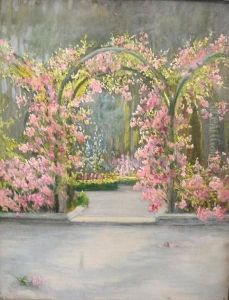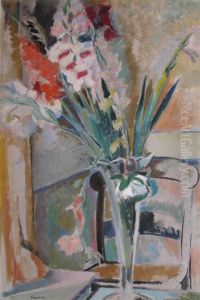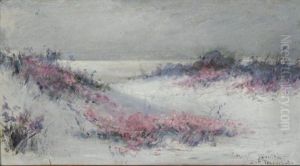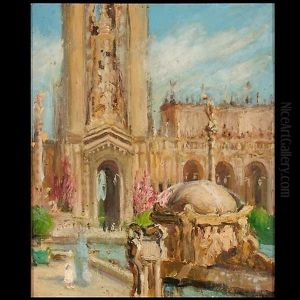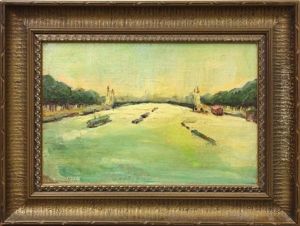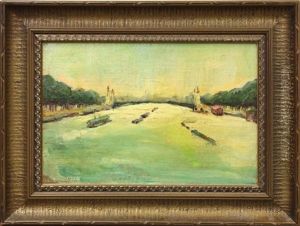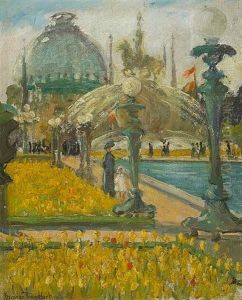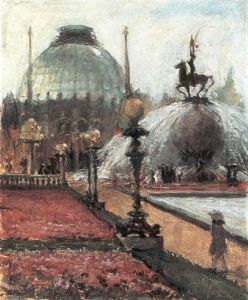Maren Margrethe Froelich Paintings
Maren Margrethe Froelich, born in 1868 in Denmark, was a notable artist whose work significantly contributed to the art scene of her time. Despite the limited recognition she received during her lifetime, Froelich's artistic endeavors have gained more appreciation in retrospect, highlighting her as an important figure in Danish art history. Her journey as an artist unfolded during a period when female artists struggled for recognition and opportunities in a predominantly male-centric art world.
Froelich's early life was marked by a passion for art, leading her to pursue formal education in the field. She was trained at the Royal Danish Academy of Fine Arts, an institution that began admitting women in the late 19th century, offering them an opportunity to professionalize their artistic talents. Throughout her career, Froelich specialized in painting, with a particular focus on portraits and genre scenes. Her work is characterized by a keen observation of detail, a vibrant palette, and a sensitivity to the nuances of human expression and emotion.
Despite the challenges she faced as a female artist in a restrictive societal and cultural context, Froelich managed to carve a niche for herself. Her paintings were exhibited in various shows, including those organized by the Free Exhibition (Den Frie Udstilling), a seminal art exhibition in Denmark that provided an alternative platform for artists outside the official academy system. This exposure was crucial for Froelich, allowing her to showcase her work to a broader audience and to network with other artists.
Maren Margrethe Froelich's contribution to art was not limited to her paintings; she also played a role in the broader cultural movements of her time. Through her participation in exhibitions and art communities, she became part of the evolving landscape of Danish art, which was moving towards more modern and diverse expressions at the turn of the 20th century. Unfortunately, her career was relatively short-lived, as she passed away in 1921. Nonetheless, her artistic legacy continues to be studied and appreciated, offering insights into the experiences and contributions of women in the arts during her era.
